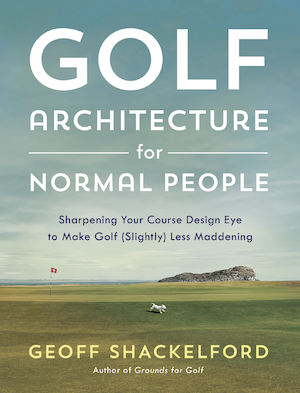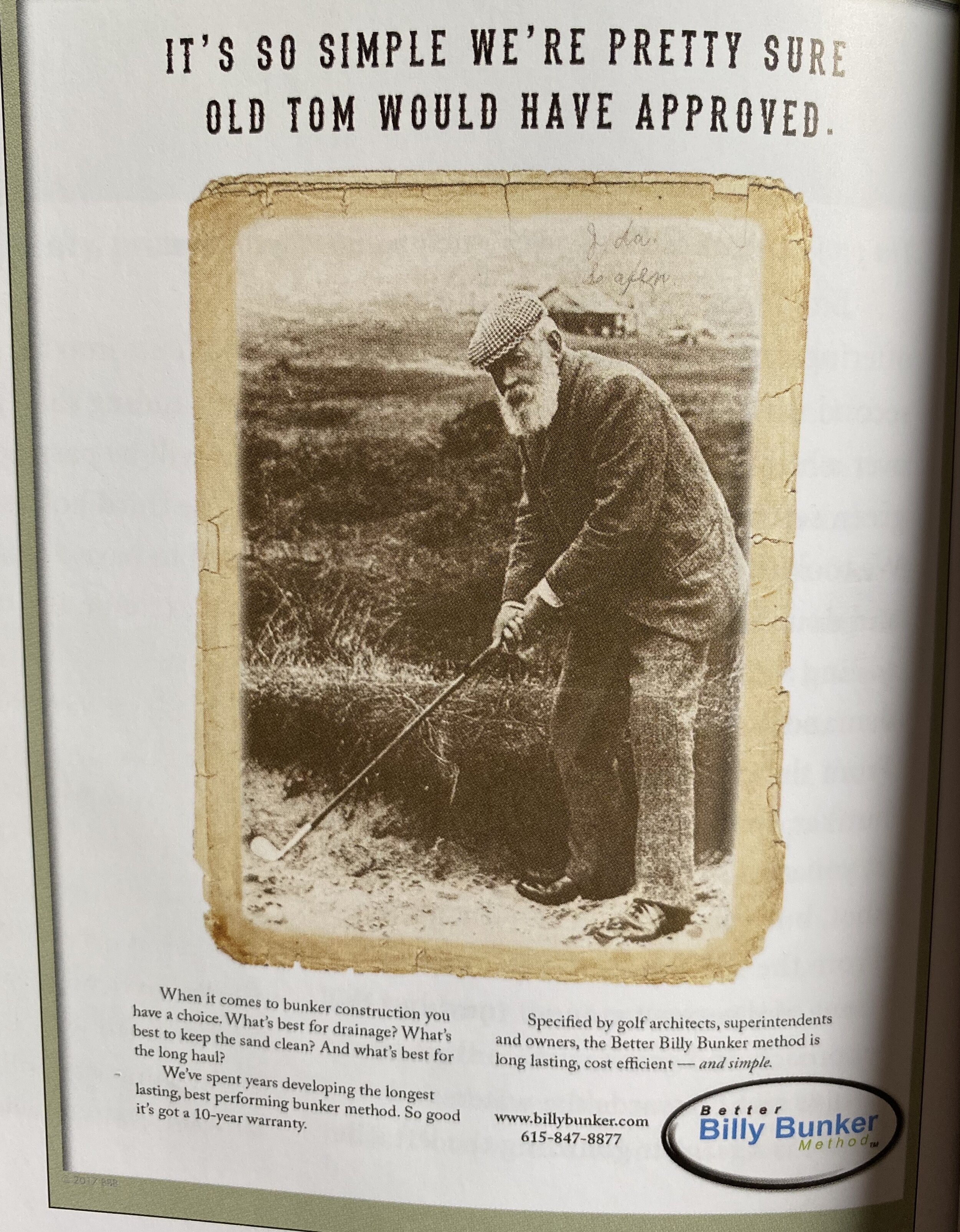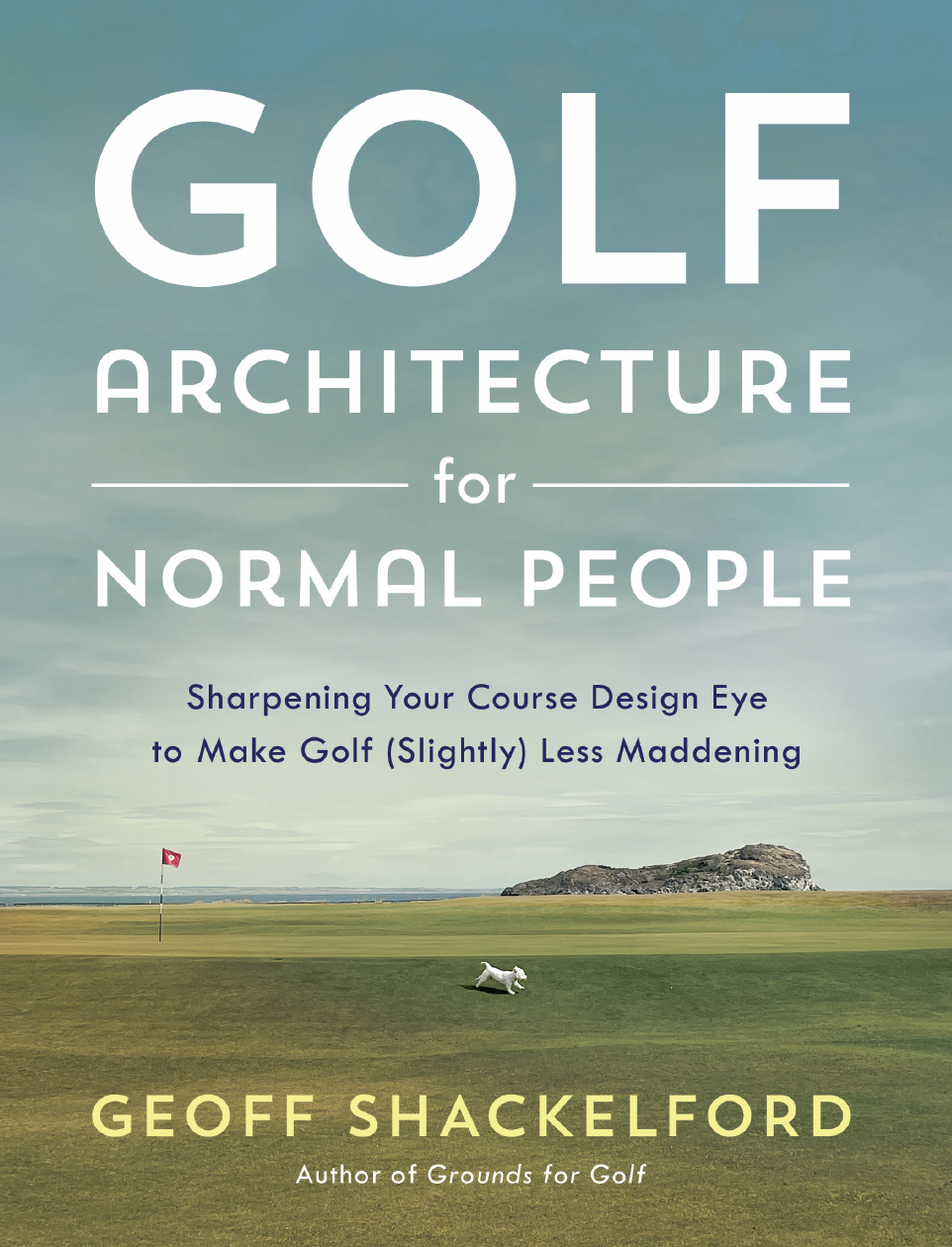Golfweek’s Beth Ann Nichols spells out and gives context to Mike Whan’s LPGA teleconference where the Commissioner presented a new schedule. It features a mid-July start, reports GolfChannel.com’s Randall Mell. There are even tournaments cancelled sharing some purse money with others, and Whan explaining where this leaves the LPGA Tour.
This about summed it all up:
“It doesn’t put us on a death watch,” he said, “but I’ve been very proud and I’ve said in many interviews, we’ve saved more money in the last 10 years than in the 60 years before, but it’s possible in 2020 we could eat up most of the savings we saved in the last 10 years in 10 months. When we’re not playing and not producing TV, and as a result not delivering for international partners, it hurts players, it hurts caddies, and I can promise you it hurts the LPGA.”
To that end, the LPGA is also expanding fields even as health guidelines suggest trying to reduce the size of gatherings. It also means more tests, if that becomes an issue. But Whan is bullish on robust COVID-19 testing availability.
“What we’re really hearing is that testing could be available in large supply by the end of May,” said Whan, “so if you kind of – if you do what we do in COVID world, which is to say, well, that sounds good but let’s just build a few weeks out on to that, and I mean by large supply, I mean tens of millions, so not a couple hundred thousand where you really get to the point where testing is pretty regularly available to anybody.”
To that end, Whan said he’s not sure if they’ll be virus testing players and caddies every day, but he does expect there to be some kind of daily test.
“At a minimum you’ll probably be getting a fever scan,” he said, “a thermal scan for fever with facial recognition.”
He estimates that the cost of testing for the rest of the season will come close to seven figures.
Expensive but ultimately a small cost if the LPGA Tour can eventually return.
































